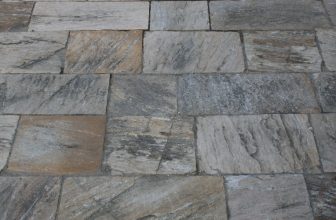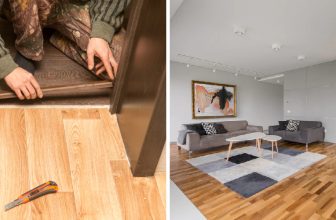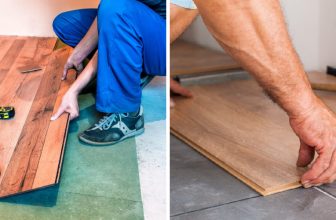How to Make Epoxy Floor Not Slippery
Are you tired of walking on slippery epoxy floors? Epoxy floors are known for their durability and glossy finish, but they can also be a safety hazard if not treated properly. The good news is there are simple steps you can take to make your epoxy floor less slippery.
Due to its durability and aesthetic appeal, epoxy flooring is becoming an increasingly popular choice for homeowners. However, many people may not realize that epoxy floors can quickly become slippery and unsafe without proper maintenance. Fortunately, you can take some easy steps to ensure your epoxy floor stays safe and slip-free all year round!
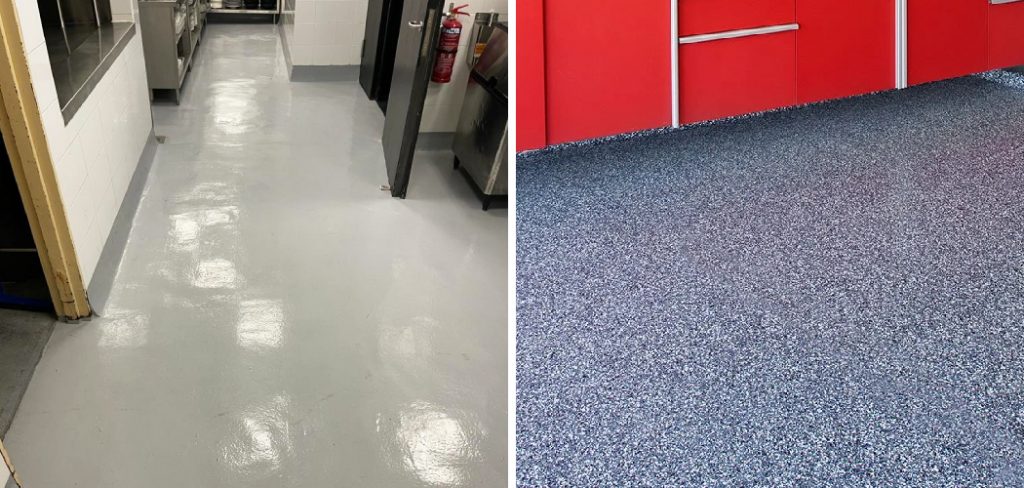
In this blog post, we’ll discuss the dangers of slipping on epoxy floors, why it happens in the first place, and provide helpful tips for how to make epoxy floor not slippery again.
What are the Dangers of Slippery Epoxy Floors?
Slipping on an epoxy floor can be a scary experience. Not only can it cause injuries, but it can also damage the floor itself. Whether you have an epoxy coated garage or basement, a slippery surface poses a risk for accidents and falls. This is especially concerning if there are children or elderly individuals in your household.
Also, slipping on an epoxy floor can damage any items that may fall or break, such as tools or fragile objects. This poses a safety hazard and can be costly and inconvenient.
Why Do Epoxy Floors Become Slippery?
The glossy finish of epoxy floors makes them so visually appealing, but it’s also the culprit behind their slipperiness. The smooth surface can easily become slick when wet or oily substances are present, creating a dangerous environment for anyone walking on the floor.
Another reason why epoxy floors become slippery is due to wear and tear. Over time, the surface of an epoxy floor can become worn down and lose its texture, making it more prone to being slippery.
What Will You Need?
Before we delve into the steps, here are some essential items you will need:
- Broom
- Mop
- Water
- Mild detergent or soap (dish soap works well)
- Bucket
- Squeegee or mop with a squeegee attachment
Once these items are ready, let’s make your epoxy floor safe and slip-free!
10 Easy Steps on How to Make Epoxy Floor Not Slippery
Step 1. Clean the Floor:
The first step is to clean your epoxy floor thoroughly. Use a broom to remove any loose debris, dirt or dust from the surface. Then, mix a mild detergent with water in a bucket. Use a mop to apply this cleaning solution to the floor. Ensure the entire floor is covered, paying extra attention to any oil or grease spots. Afterward, use a squeegee or mop to remove the soapy water.
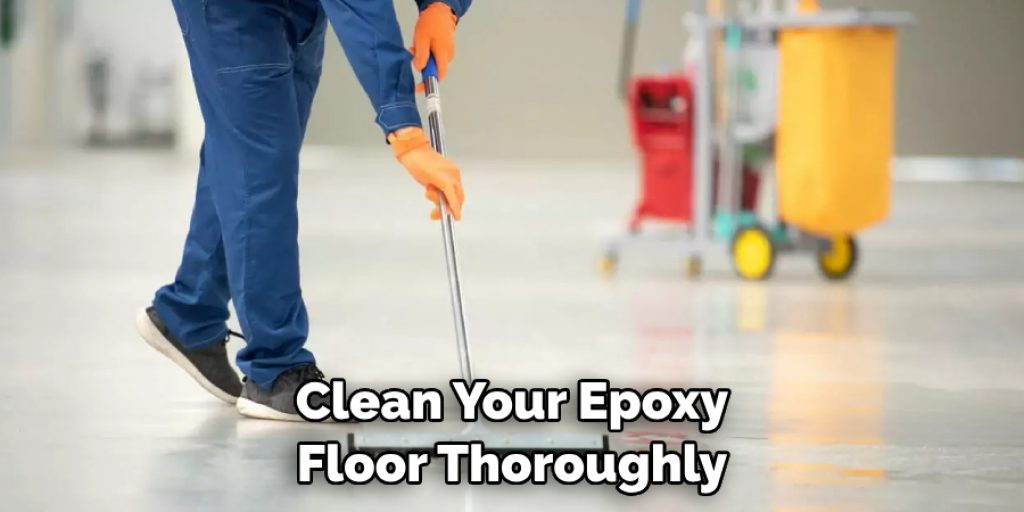
Step 2. Rinse and Dry:
After cleaning the floor, it’s important to rinse thoroughly to remove any soap residue. Fill a bucket with clean water and use a mop to apply it to the floor, ensuring that all soap is washed away. Once rinsed, it’s vital to dry the floor completely to prevent any potential slipperiness. You can use a squeegee or a dry mop to help speed up the drying process. Allow the floor to air dry for a few hours or overnight if possible.
Step 3. Apply a Non-Slip Solution:
After the floor is completely dry, the next step is to apply a non-slip solution. These specially designed products can provide a textured surface on your epoxy flooring, increasing its traction and making it less slippery. Non-slip solutions are available in most home improvement stores, and application instructions vary by product, so follow the manufacturer’s instructions closely.
Step 4. Test the Surface:
After the non-slip solution has had enough time to dry, it’s essential to test the surface to ensure it has achieved the desired level of slip resistance. Carefully walk on different floor areas to feel for any slippery spots that might have been missed. If you find any, you must repeat Step 3 in those areas. Remember, safety should always come first, and it’s better to be thorough in this process to prevent any future accidents.
Step 5. Regular Maintenance and Care:
Once you’ve ensured your epoxy floor is no longer slippery, it’s crucial to maintain its non-slip properties through regular cleaning and care. Sweep and mop your floor regularly to remove any dirt or debris that could make it slippery. Avoid using harsh or oily cleaning products, as these can compromise the floor’s traction.
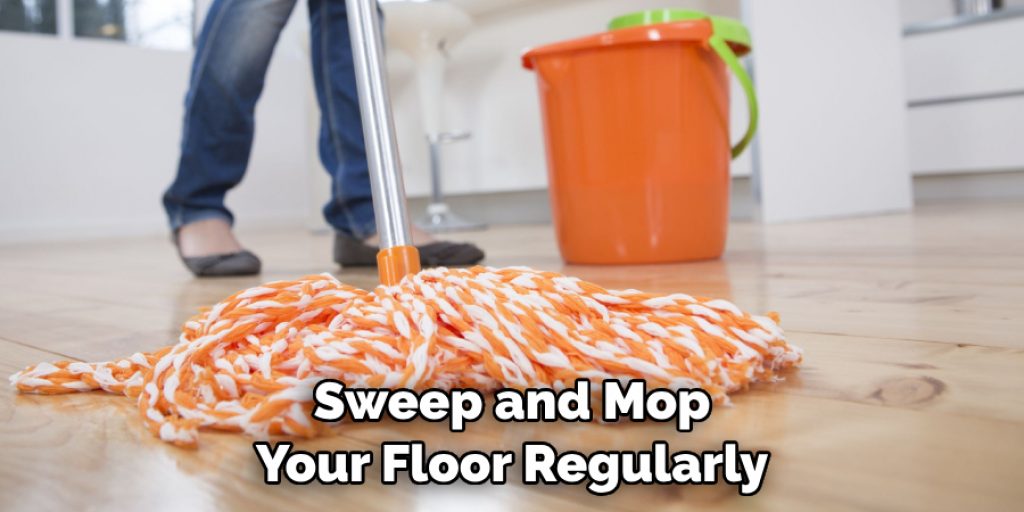
Step 6. Regular Inspection:
The final step in ensuring your epoxy floor remains non-slip is consistent inspection. Regularly check the floor for areas where the non-slip coating may be wearing thin or where the floor’s texture feels smoother than it should. If you notice such areas, it may be necessary to reapply the non-slip solution to maintain the floor’s safety. Always remember that the key to a slip-free epoxy floor is a combination of regular maintenance, care, and inspection.
Step 7. Reapply Non-Slip Solution Periodically:
Just as with paint or other types of coatings, the non-slip solution on your epoxy floor may wear down over time due to foot traffic, cleaning, or exposure to elements. This means you should plan to reapply the non-slip solution periodically, depending on the specific product’s recommendations and your floor’s usage.
As a general guideline, consider reapplying the solution every 6-12 months or sooner if the floor becomes slippery again. This will help ensure your epoxy floor remains safe and slip-resistant.
Step 8. Use Anti-Slip Mats or Rugs:
If you have a specific area of your epoxy floor that is prone to being slippery, such as near an entrance or in front of a workbench, consider using anti-slip mats or rugs. These can provide additional traction on the surface and are easily movable if needed.
Step 9. Wear Appropriate Footwear:
Another way to prevent slips on your epoxy floor is by wearing appropriate footwear. Avoid walking barefoot or in socks on the floor, as these provide little traction and increase the risk of slipping. Instead, wear shoes with a good grip to help you maintain your balance.
Step 10. Seek Professional Assistance:
If none of the above steps are working, or if you’re unsure of how to apply a non-slip solution properly, it’s always best to seek professional assistance. A flooring expert or contractor will have the necessary knowledge and experience to help make your epoxy floor safe and slip-free. Moreover, they can also recommend the best non-slip products for your specific floor type and guide properly maintaining it in the future.
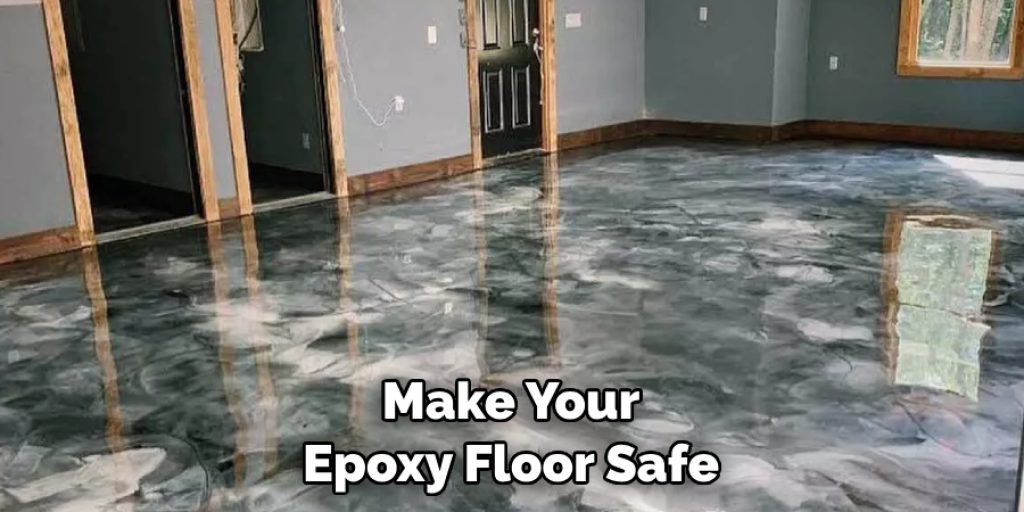
By following these easy steps, you can ensure that your epoxy floor is not slippery and safe for you, your family, employees, or customers.
5 Additional Tips and Tricks
- Use Anti-Slip Additives: One of the most popular methods to make epoxy floors less slippery is anti-slip additives. They can be mixed directly into the epoxy or broadcasted on top during application.
- Ensure Proper Ventilation: During the installation of epoxy floors, ensure proper ventilation. This will help avoid any trapped moisture, making the surface slippery.
- Aluminum Oxide: This is another excellent additive that can be mixed into epoxy for a non-slip finish. It’s durable, and it provides a high level of friction.
- Regular Cleaning: Keeping your epoxy floor clean can also prevent it from becoming slippery. Accumulated dust, oil, or other substances can reduce traction.
- Proper Lighting: Ensure the area is well-lit. Good lighting helps identify spots that cause slips or falls, especially in areas where the floor is wet.
With these additional tips, you can ensure that your epoxy floor looks great and is safe to walk on.
5 Things You Should Avoid
- Avoid Using Smooth Finishes: It might be tempting to go for a smooth, high-gloss finish, but the slickness of such finishes can make the epoxy floor dangerously slippery. Instead, opt for a matte or semi-gloss finish, which offers more traction.
- Avoid Improper Mixing: Ensure you follow the manufacturer’s instructions when mixing the epoxy and the anti-slip additives. Improper mixing can result in an uneven finish, which can inadvertently increase the slipperiness of the floor.
- Avoid Rushed Installation: Don’t rush the installation process. Each layer needs adequate time to dry before the next coat is applied. Rushing this process can lead to a slippery surface.
- Avoid Skipping Regular Maintenance: Regular maintenance must be noticed. Even though epoxy floors are durable, skipping regular cleaning can lead to a build-up of dirt and grime, making the floor slippery.
- Avoid Ignoring Wet Spots: Spills should be cleaned up immediately as wet spots can cause slips and falls. Even if your epoxy floor has a non-slip finish, it can still get slippery when wet.
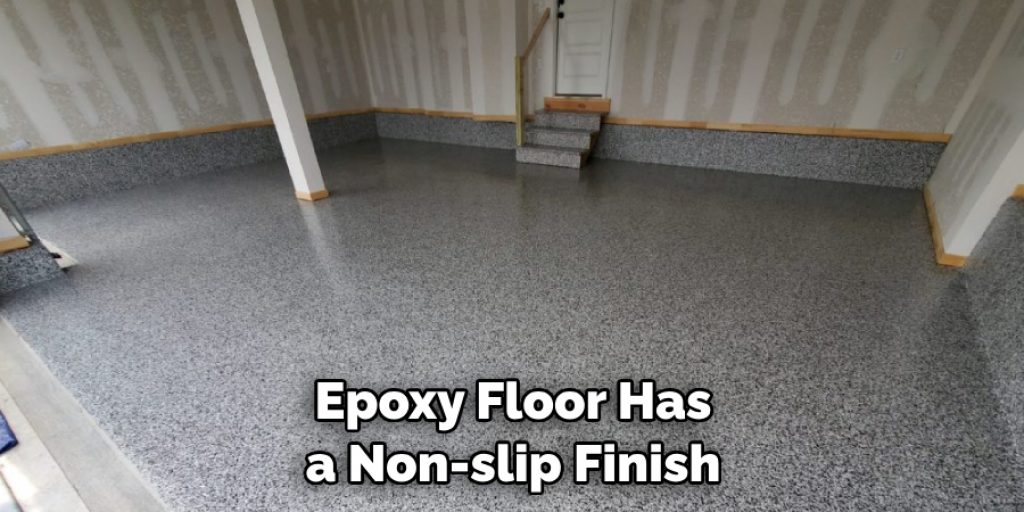
Knowing what to avoid when dealing with epoxy floors can further enhance your safety and maintain the non-slip properties of your floor.
Conclusion
In the end, epoxy floors are durable and dependable flooring solutions that make any space look stunning. Though these surfaces can be slippery in some circumstances, a few simple precautions can help ensure safety in all areas.
Non-skid additives, aggressive cleaning and maintenance schedules, and proper safety signage can all go towards making your epoxy floor as safe as possible. So remember, if you’re looking to upgrade your epoxy floor while still keeping it safe and slip-proof, invest some time and resources into making sure your floor is aesthetically pleasing and hazard-free for years to come.
Hopefully, the article on how to make epoxy floor not slippery has provided you with some valuable information and tips to improve the safety of your epoxy floor. So take care and make your epoxy floor shine without compromising on safety!
You Can Also Check This Out to Keep Epoxy Floors Shiny

